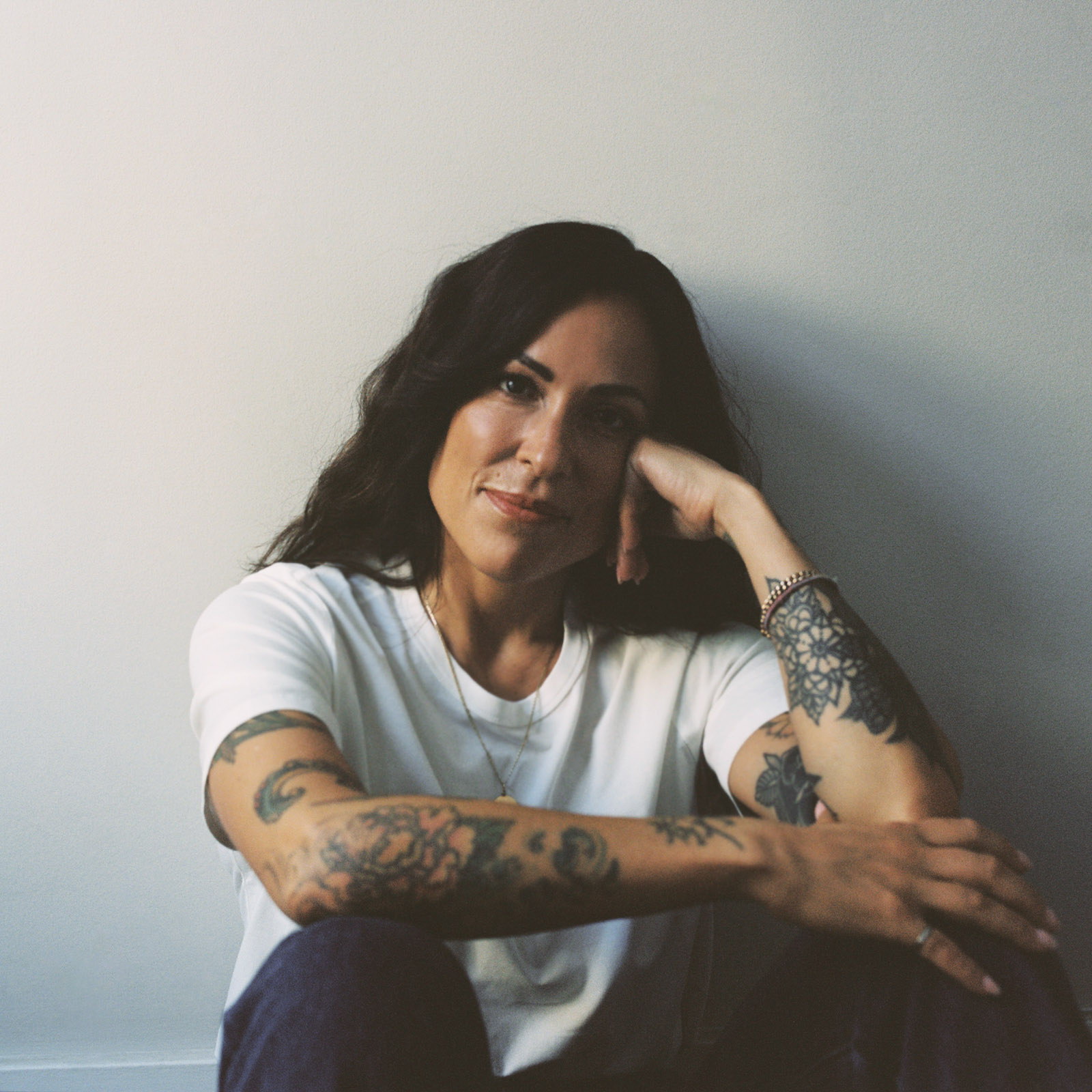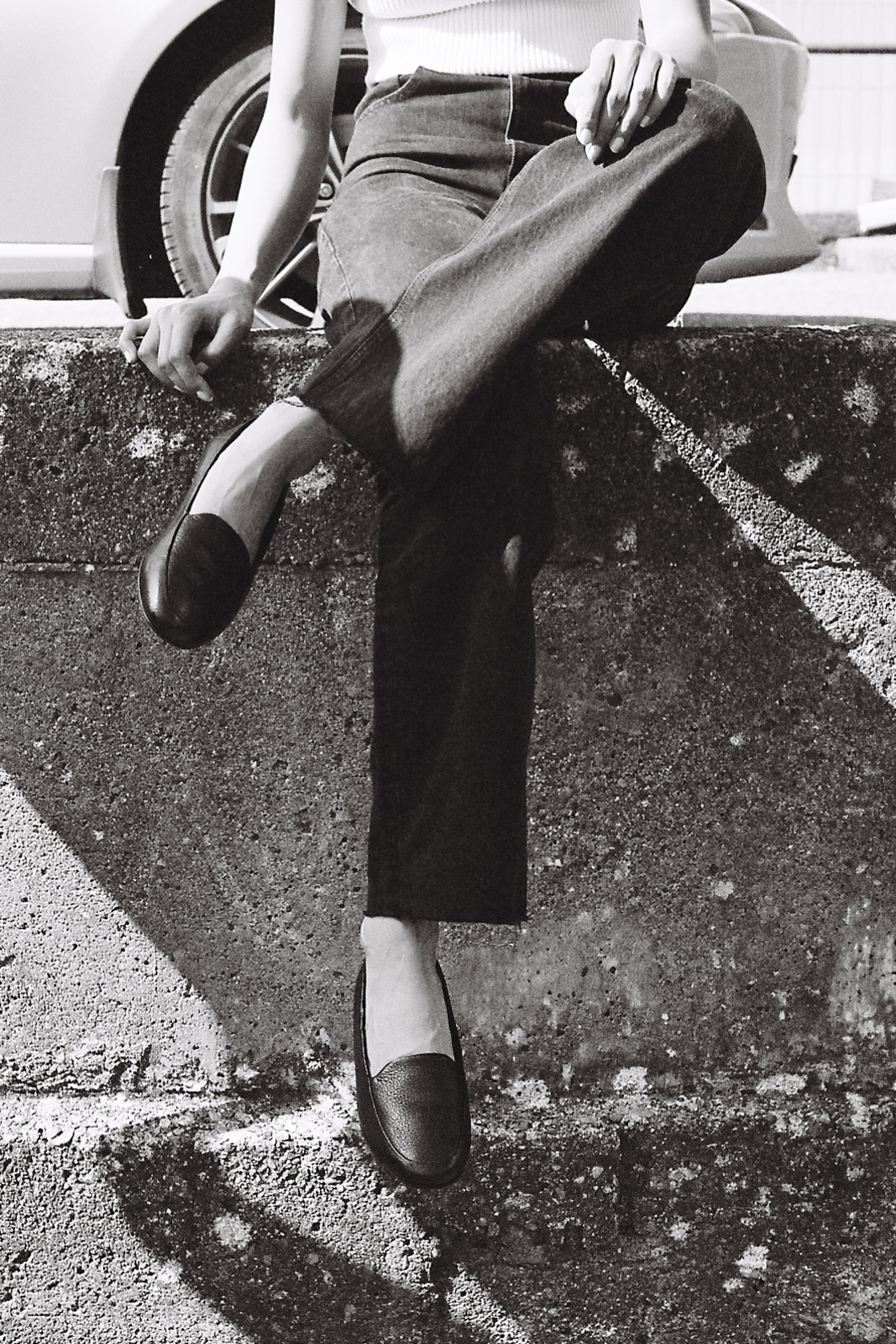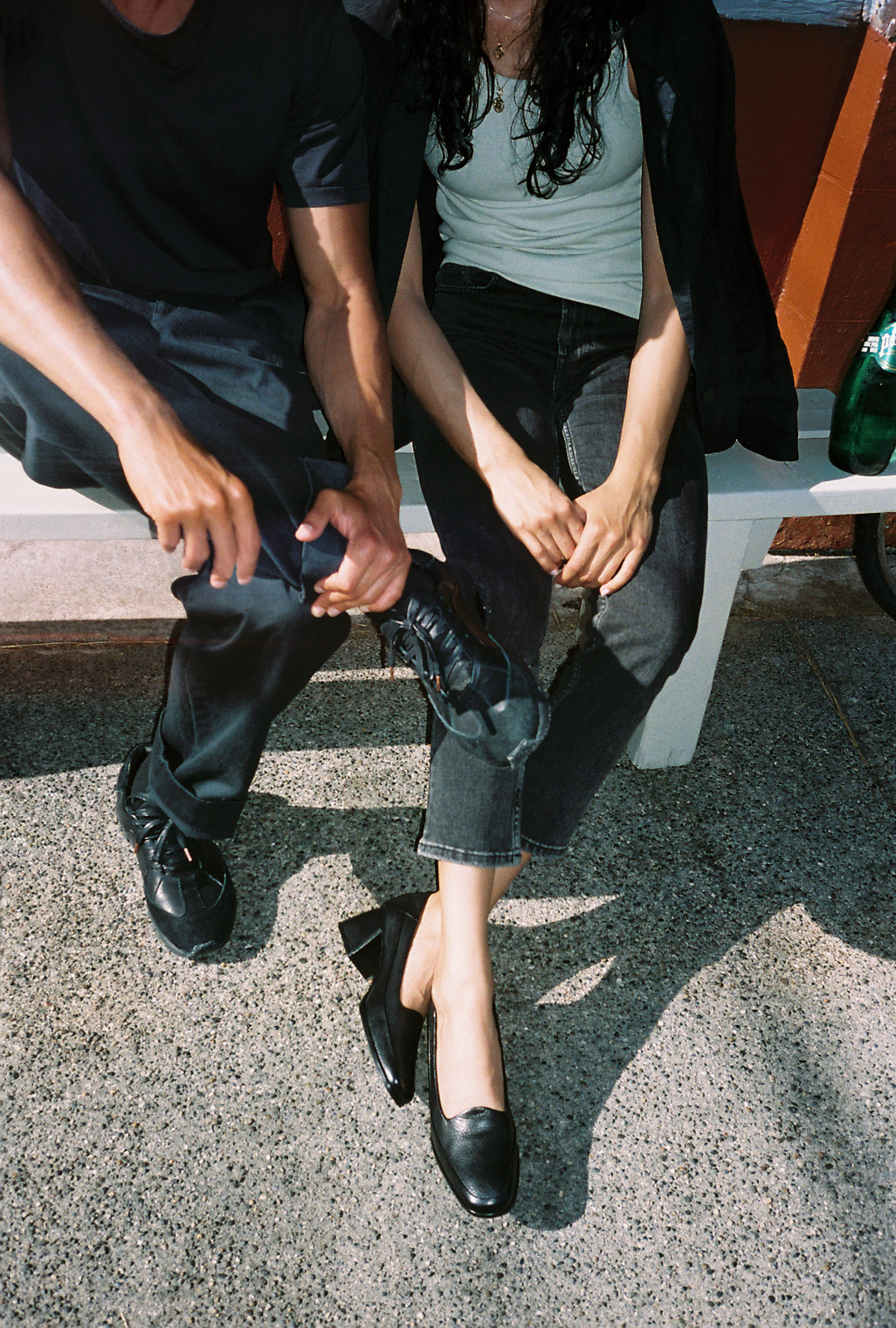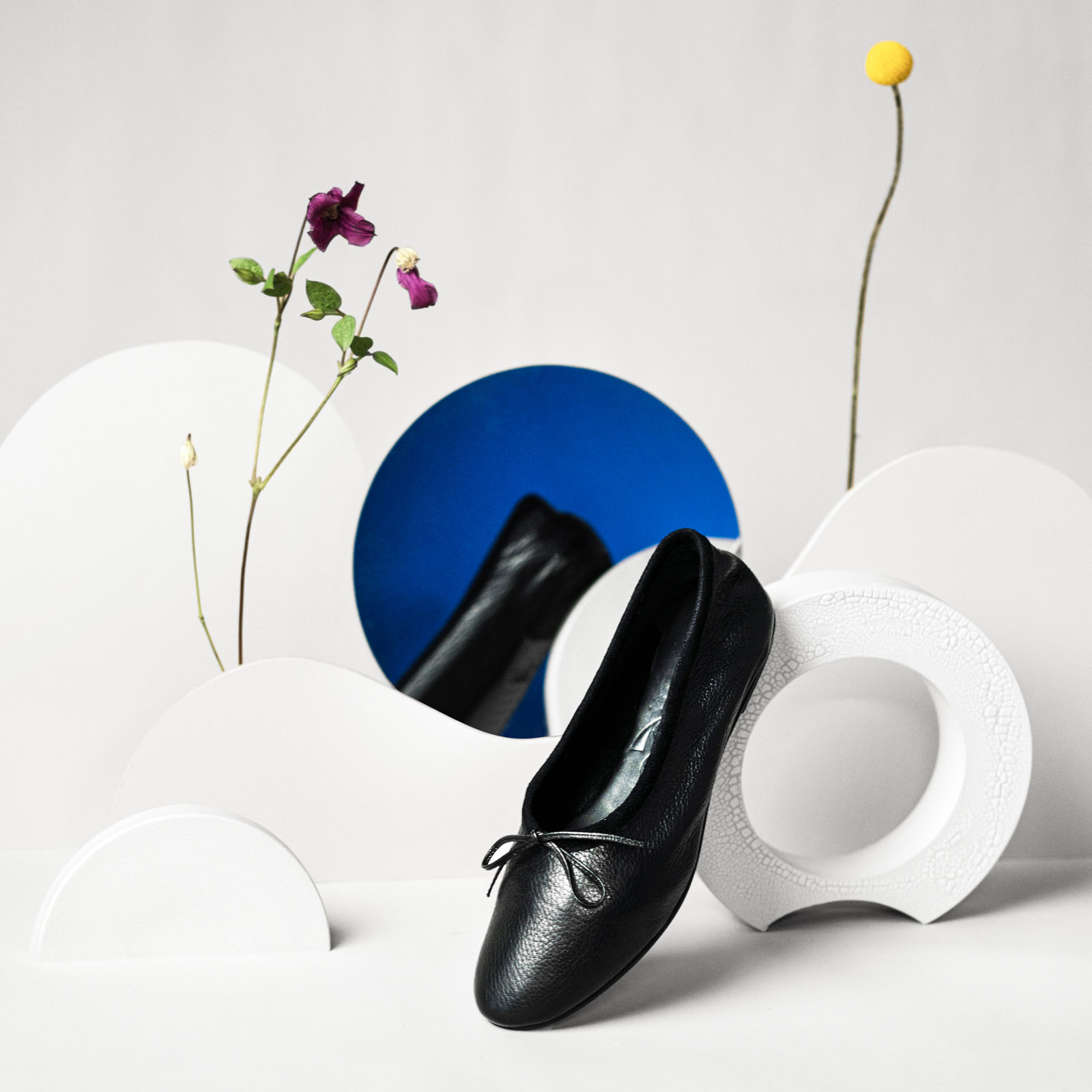I’ve long nursed a footwear obsession, reveling unabashedly every time a new style drops or Nordstrom flaunts its legendary shoe sale. Like Carrie Bradshaw, I wax poetic about heel shapes and square-versus-pointed toe styles the way some discuss the weather. From basic white sneakers to Alexander McQueen needlepoint loafers, every shoe I’ve ever loved has been elevated to cult-like status and placed in my groaning closet. Some people collect duck decoys, others stamps, but I seek shoes—they have a practical purpose, I reason.
I’m not alone: Coveteur gives its 1.1 million followers a peek inside celebrities’ closets to reveal their shoe habits; sneakerheads aspire to a pair of $50,000 Nike Air Mag 2016s; and the Cinderella story’s podophilia theme inspired Stuart Weitzman to craft slippers in Italian leather bejewelled with 565 Kwiat diamonds—for the princely sum of $2 million.
As it turns out, though, you can still love beautiful shoes without buying new ones over and over—which is better for the planet (and the wallet). That’s precisely the point of the new Vancouver-based Parque footwear brand.
In 2019, over 24 billion pairs of shoes were made, 95 per cent of which will end up in the landfill. That’s something Parque Studio’s founder Silvana Rivadeneira long deplored—but didn’t know how to solve. She had the footwear part down pat. Starting on the sales floor at John Fluevog in 1998, she worked her way up to in-house designer. “I never thought I’d end up in footwear,” she says. “I was on track to be an artist!” But when Fluevog saw her portfolio with its varied paintings, drawings, and photographs, he tasked her with designing shoes. “I had no formal training, but I was creative and I knew balance and form. I understood the brand’s language and how its shoes fit after spending years putting them on people’s feet.” She jumped in feet-first, soaking up Fluevog’s creative approach to lasts, heels, and moulds at a time when he was still drawing on paper and faxing designs to factories.

She learned that designing shoes tapped into both sides of her brain. “I’m a creative problem solver, but I’m also interested in systems and processes and methodology and data.” She adds, “There’s an element of creative expression in designing a shoe, but it’s a thing that has to function and hold up to wear and tear without falling apart.”
After more than a decade at Fluevog, Rivadeneira departed for Native Shoes, where she learned to work with an entirely different material—moulded EVA. The brand’s beast-free model expanded into kids and knitted shoes while Rivadeneira was at the helm. “I was really focused on bringing in a sustainable story and looking at ways we could improve our use of plastics,” she says. “We worked on projects with Bloom, replacing a petroleum product with algae for a plant-based shoe project.” But Rivadeneira was keen to move the dial, and in her heart she wanted the design to solve problems. She then went to RYU Apparel for a stint as footwear and accessories innovation director before jumping off the big-brand path entirely.
“I wanted to look at a collection through a different lens with an eye toward longevity and design for need,” she says. “What do we really need as opposed to just designing and designing and designing?” Long the squeaky wheel in the room, she wanted to do things in a different way. “I was reflecting on my career and realized I’d spent time trying to show other people what I meant—I thought, why don’t I just build a company and show them myself? And if not now, when?”

Parque Studio launched this summer with a range of eight shoe styles from ballet flats to runners. The first collection is all black—the industry’s most popular colour. “In shoe design, you design five to seven colourways knowing only two will sell,” she says. With Parque Studio, she’ll design based on actual demand as shoes are preordered before being manufactured. And if a customer doesn’t like the fit, they can return the shoes. “This way, we’re able to make exactly what people want,” she says. “We’re not throwing stuff at a wall to hope it sticks—less waste and less guesswork.”
It was also key to eschew trends in favour of classic styles that wouldn’t date after a season—and then end up in a thrift store or a landfill. “When I’m thinking of the shoe I want to create, I’m thinking about use: where is it going to be used; what purpose does it fulfill?” she says. “Every shoe has a purpose, so I think about that and how to design it so as to make it very durable and lasting.”
Rivadeneira put her years of experience to work. Parque Studio shoes are handcrafted in leather sourced from a small farm in Japan that participates in a wild deer cull program—an environmental approach that keeps the deer population balanced and doesn’t significantly contribute to greenhouse emissions. The hides are sent to Portugal, where a small family-run factory crafts the line from scratch after six-week preorders are filled. Everything is viewed through a sustainability lens: soles are recycled rubber, or recyclable TPU, while insoles are made with recycled cork and EVA (those speckles are recycled material that’s diverted from landfills). Even the logo is eco-minded and debossed rather than plastic. It’s harder to recycle material when it’s mixed with plastic, mesh, and canvas, so there are no bits of plastic or polyester ribbons. Laces are organic cotton with no metal eyelets.

“I’m trying to do 360 degrees of responsibility using design-led thinking to create pieces that are lasting, durable, and that will stand the test of time,” Rivadeneira says. “Then you can continue to wear them, repair them, and then when you’re done, we’ll divert them from landfills by recycling them.” A lot of companies pump out hundreds of thousands of shoes then wash their hands of them; the onus then passes to the consumer to take responsibility if the shoes break or break down. “Yet footwear is really hard to recycle,” she says.
“I created Parque Studio intending to fundamentally change how we approach fashion footwear and to accelerate a shift in the industry towards a more ethical and sustainable way of doing things,” she explains. “We all need shoes, but that doesn’t mean we can’t have eco-conscious choices at—and on—our feet.”
Photos courtesy of Parque Studio. Read more in Style.









